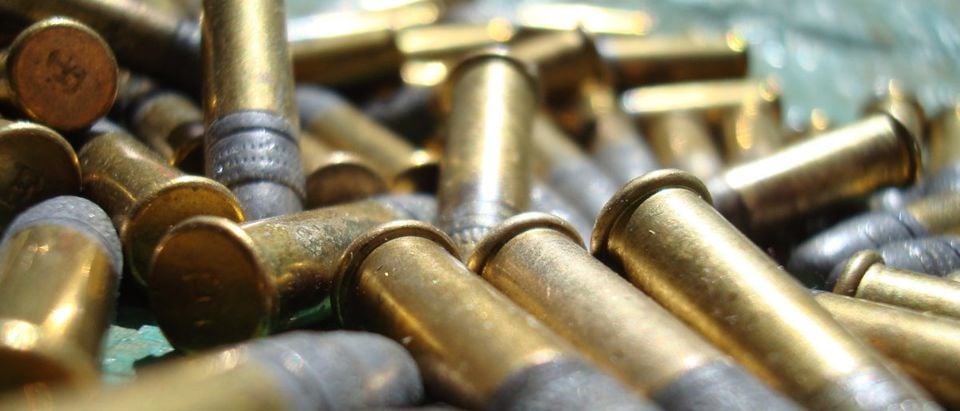By Sam Hoober, Alien Gear Holsters
In this week’s attempt to stir up discussion, is muzzle velocity really all that important or just a component of terminal performance?
Over the years, the people who tinker with such things have been obsessed with making bullets Bigger, Stronger and Faster just like our football players. In the rifle realm, faster, flatter-flying bullets have been all the rage for decades, chasing either the Ultimate Long Range Target or Ultimate Long Range Hunting Round and with as little recoil as possible or getting EVEN MORE with the same relative amount of it.
Handgun rounds are a little different. There are the +P junkies out there, who insist that standard pressure ammunition is basically good for practice, but since the Ammunition Great Leap Forward in the 1990s, that’s not so much the case anymore. Additionally, what is +P today used to be standard pressure. SAAMI standards have trended downward for the past couple of decades, so today’s 9mm +P used to be a standard pressure load.
The big question of course is why? In many respects, mere velocity isn’t necessarily the most important aspect when it comes to ammunition performance. Darned if it doesn’t help, but it isn’t everything it’s cracked up to be.
Why? Well, think of what you want ammunition to do? When it comes to JHP in a carry gun, you want it to expand, dump its kinetic energy into the target and come to a stop before exiting the bad guy. The same goes for hunting ammunition.
What makes expansion happen is hydraulic pressure on the bullet. A surer guarantor of expansion is usually surface area and mass. Heavier, bigger bullets tend to expand more reliably than smaller ones. That said, velocity is where you make up for that. That’s why 115-grain 9mm hollow points expand more reliably in a +P load than standard pressure, or at least used to before 9mm ammunition started to get really good. That is also why .357 Magnum is generally considered a better defensive caliber than .38 Special.
As to rifle rounds, additional velocity can buy the shooter a few things. Less drop over distance (.300 Win Mag has a lot less drop than .30-06 at 400 yards) can be had by stepping up in power or stepping down in bullet size in the same cartridge. The .300 Winnie is a bit much for some people, but plenty of people can tolerate .270 or .243.
This is all well and good. Thing is, though, that outside of long-range competition shoots, the practical net benefits of extra velocity are actually minimal.
Defensive shootings usually are resolved by placing shots to vital areas other than the chest or by sheer psychological shock. Read through reports of police shootings. What will emerge is that people just drop after being shot once or twice and live, or had to be shot in either the brain or in areas compromising ambulatory function such as the feet, the spine, pelvis or kneecap. Hits to the vitals don’t always take instant effect. Clearly, accuracy matters more than any mere ballistics.
Then again, long range shots were possible with buffalo rifles. During the Second Battle of Adobe Walls, professional buffalo hunter Billy Dixon took out a hostile at more than 1,500 yards with a .50-90 Sharp, finding his target on the third attempt. That was with a black powder cartridge that never really exceeds 2000 fps except in custom and/or handloads. Granted, Dixon basically admitted it was luck, but still.
What do you think, though? Do you think muzzle velocity is really all it’s cracked up to be? Or is it just an aspect of a well-performing round?
Click here to get your 1911 Pistol Shopping Guide.
Click here to get The Complete Concealed Carry Training Guide
Sam Hoober is Contributing Editor for AlienGearHolsters.com, a subsidiary of Hayden, ID, based Tedder Industries, where he writes about gun accessories, gun safety, open and concealed carry tips. Click here to visit aliengearholsters.com.


